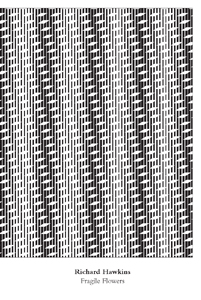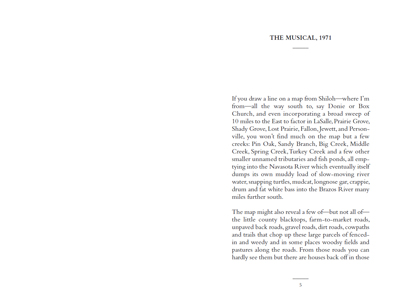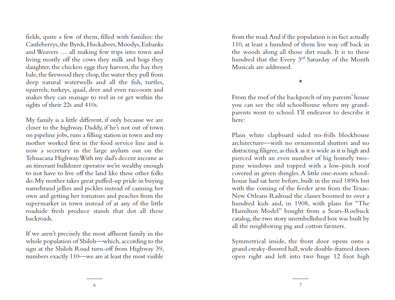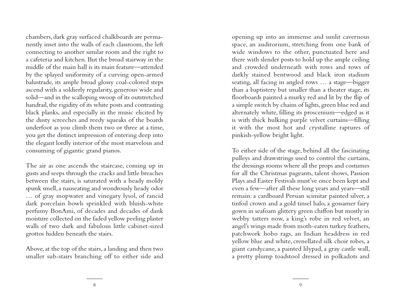Richard Hawkins' first book of fiction: eight jubilatory and decadent short stories.
“I made my way back up the ladders and rickety parapets to the second floor for a piss and coming through the ground floor found that my friend Truck had cast and curated the upstairs as ingeniously as he had the dungeon below. Everywhere dark-eyed incredibly handsome college-age youths with fresh haircuts and unshaved chins approached with ebullient grins to offer, with corny charming salutations and flirting flattering winks, any and every service: “Ya'll'd like a beer on the house mister?” “Who's a handsome guy like you doin' in a place like this?” “Gotta light mister? My butt's done gone out”. The rolled up sleeves of their cowboy shirts revealed Truck had also steered them away from the terrible faux-tribal tattoos that young fools these days always gravitate toward. Some pseudo-specialist in inkpen and sharpened paperclip tattoos had etched in each of them exquisite little screaming skull or potleaf designs or else inscribed them with sweet little phrases of desperation and disenfranchised heroics engineered to make mawkish old customers like me weep and salivate at the tragic thought of such handsome youth in such dreadful peril: “born to lose” “death before dishonor” “only god can judge me” … Every single one of them apparently well trained by some magician so that even at the slightest tip of a dollar and bag of chips they became not only willing and pliant but famished, starved for the quenching effects of a foreign tongue plunged deep down their parched and aching throats or, even in the harsh floodlight along the row of barstools and beer pegs, welcomed the warm intrusions of an old man's wettened fingers down the backs of their pants and into the bushy cracks of their twitching and plump young cock-hungry asses …”
Since the beginning of the 90's, Richard Hawkins (born 1961 in Mexia, Texas, lives and works in Los Angeles) has developed a collage practice inherited from the cut-up legacy of Brion Gysin which aggressively mined the collapsed myths of American counter-culture. For Hawkins, collage is a space for doublings and expansions, for the unrealizable, the transient, the ephemeral and the unstable. Collage, in fact, could be seen as the basis for the artist's entire oeuvre whether they be paintings, sculptures, assemblages, books of fiction, poems, tumblr accounts saturated with vintage porn or curated shows of other artists' works. All of Hawkins's works are haunted by a horny voyeur, a hungry cruiser, a desiring hunter whose point of view focuses on the fantastical space of classic and contemporary mythologies, perusing fleshy magazines and galleries of old paintings as lustily as he stalks real boys on streetcorners.
Rather than direct links between the different narratives, practices and media in Hawkins's work, there are only the melding continuities of similar levels of indulgence, the little joys of being fascinated and getting carried away. So the beauty of teenbeat star Matt Dillon, the shadow of
Lautréamont and the dislocated gesture of Butoh founder, Tatsumi Hijikata, are all approached with the same delight, grace and vulgar pleasure as are any of Hawkins' other obsessions: Greek and Roman statuary, 19 C. French Decadent literature, Gustave Moreau's paintings, American Indian cultural narratives, zombies, haunted houses, poststructuralist theory or the sextrade in Thailand.
Stéphanie Moisdon





